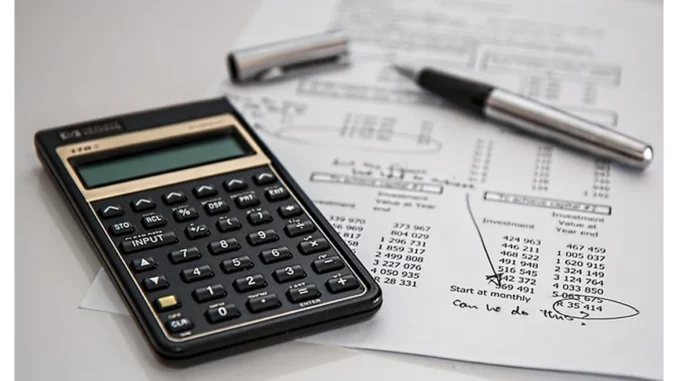
In the quest for achieving energy-efficient homes, the Standard Assessment Procedure (SAP) has emerged as a linchpin in evaluating and enhancing the energy performance of residential buildings. As I sat down with Sarah Mitchell, a seasoned energy consultant with over a decade of experience in sustainable building practices, it became evident how SAP calculations intricately weave into the fabric of assessing hot water systems.
Focus360 Energy offers SAP Calculations services. Find out more.
Sarah’s office, adorned with architectural blueprints and energy certificates, hinted at her passion for eco-friendly living. Our conversation delved into the specifics of how SAP calculations are employed to scrutinise hot water systems, a critical component in the energy profile of any home.
“Understanding SAP is like unlocking a treasure trove of insights into how a building consumes energy,” Sarah began, her eyes lighting up with enthusiasm. “When it comes to hot water systems, SAP calculations don’t just skim the surface. They dive deep into the specifics.”
Components Under the Microscope
One of the first points Sarah highlighted was the diverse range of components SAP calculations consider. “You can’t just look at a boiler and say it’s efficient,” she explained. “It’s about the type of system you have. Is it a conventional boiler, a heat pump, or perhaps a solar thermal system? Each of these has unique energy consumption traits.”
Sarah elaborated on how heat pumps, for instance, often outperform traditional systems due to their ability to convert environmental heat into usable energy. “This inherently boosts the building’s energy efficiency,” she noted. “But, it’s not just about the type. The inherent efficiency of the system, whether supplemented by Flue Gas Heat Recovery systems or weather compensators, also plays a pivotal role.”
Data: The Backbone of SAP Calculations
Accuracy is king in SAP calculations, and Sarah was quick to emphasise the importance of precise data. “The software requires detailed specifications of the hot water system,” she said. “You need the type, model, and efficiency details of every component. This information forms the baseline for the calculations.”
Sarah’s explanation painted a picture of how performance data, including actual energy consumption and efficiency ratings, are meticulously fed into the SAP software. “It’s not just about plugging in numbers,” she asserted. “The data needs to reflect real-world usage to predict energy consumption and emissions accurately.”
A Structured Process
As our discussion progressed, Sarah walked me through the SAP calculation process itself. “Once you’ve got your data, it’s entered into the SAP software,” she explained. “The software uses predefined algorithms to project the energy consumption and emissions of the hot water system.”
She paused, allowing me to absorb the complexity of the task. “Next, there’s a comparison with notional values. For new constructions, this involves juxtaposing the system’s performance against benchmark standards. It’s about ensuring compliance with building regulations.”
This comparative analysis, Sarah stressed, is crucial for both new and existing buildings. “For extensions or conversions, both existing and proposed systems are evaluated. It’s a way to ensure that any changes meet energy efficiency requirements.”
Impact on SAP Ratings
The conversation naturally flowed into the significance of hot water systems on a building’s SAP rating. “Lower energy consumption equates to a better SAP rating,” Sarah stated matter-of-factly. “Efficient hot water systems reduce energy bills and CO2 emissions, making the building more sustainable.”
She also touched on regulatory compliance. “A system that meets the Target Emission Rate and Target Fabric Energy Efficiency is crucial. High SAP ratings signal improved energy efficiency, aligning with regulatory standards.”
Documentation and Real Estate Value
Sarah wrapped up our discussion by explaining the importance of the documentation generated through SAP calculations. “We produce a Predicted Energy Assessment, which is a precursor to the Energy Performance Certificate,” she said. “The EPC gives a comprehensive overview of the building’s energy performance, including hot water systems.”
This certification, she pointed out, influences real estate value. “Prospective buyers or renters look at the EPC to gauge energy efficiency. A higher rating can enhance the building’s market appeal.”
As our conversation concluded, I was left with a deeper understanding of the meticulous work involved in SAP calculations. Sarah’s insights illuminated how these evaluations are not merely procedural but essential for fostering sustainable living environments.
For homeowners and developers, SAP calculations offer a roadmap to energy efficiency, guiding them in selecting systems that meet both their needs and regulatory demands. Through this lens, the role of SAP is not just about compliance but about paving the way for more sustainable futures.
Lewis Davis


Be the first to comment